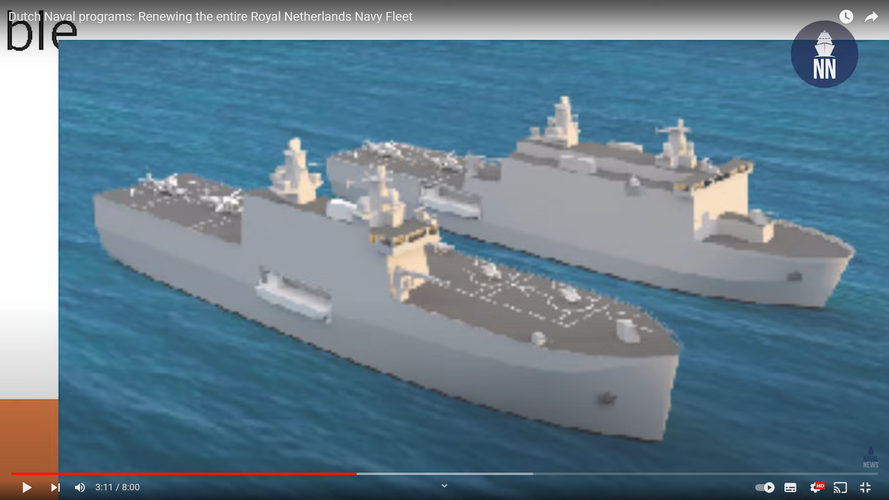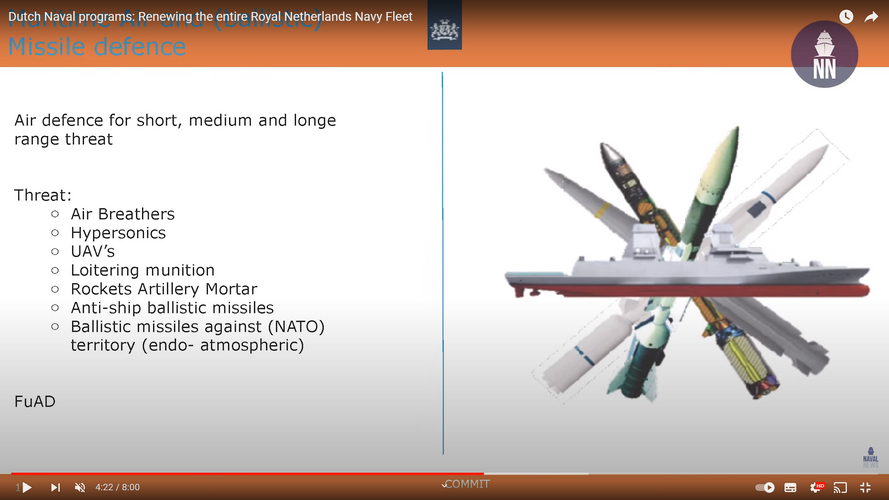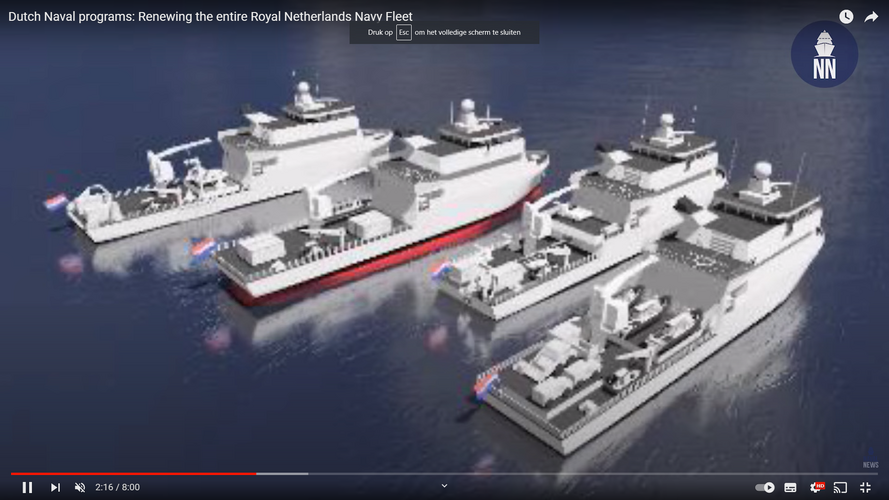Anyone who thinks the Dutch are going with anything but the missile system families they already have in their inventory, and parts of which will be used (ESSM) for the new ASW frigates, and parts of which can also go into the new air defense ships (ESSM, SM series) is smoking the kind of stuff you can buy in an Amsterdam coffee shop.
Last edited:


















